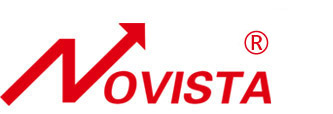FLAME RETARDANT MECHANISMS
Flame retardants fulfil their purpose primarily by either physical or
chemical action.
Physical action can be subdivided into three modes;
1. Cooling: An endothermic process is triggered by additives
cooling the substrate to a temperature below that required for
sustaining the combustion process.
2. Formation of protective layer: The combustible layer is
shielded from the gaseous phase with a solid or gaseous
protective layer. The oxygen required for the combustion
process is excluded and heat transfer is impeded.
3. Dilution: Fillers are incorporated that evolve inert gases on
decomposition diluting the fuel in the solid and gaseous
phase so that the lower ignition limit of the gas mixture is not
exceeded.
Chemical action can be subdivided into two modes;
1. Reaction in the solid phase: The flame retardant causes a
layer of carbon to form on the polymer surface. This can
occur through dehydration of the flame retardant forming a
carbonaceous layer by cross linking. The carbonaceous layer
acts as an insulation layer, preventing further decomposition
of the material.
2. Reaction in the gas phase: The free radical mechanism of
the combustion process that takes place in the gas phase
is interrupted. The exothermic processes are thus stopped,
the system cools down and the supply of flammable gases is
suppressed.
Novista Group supplies equivalent of FP-2100JC, FP-2200S, FP-2500S, Exolit OP1230, OP930, OP1312, OP1314 to global market.





